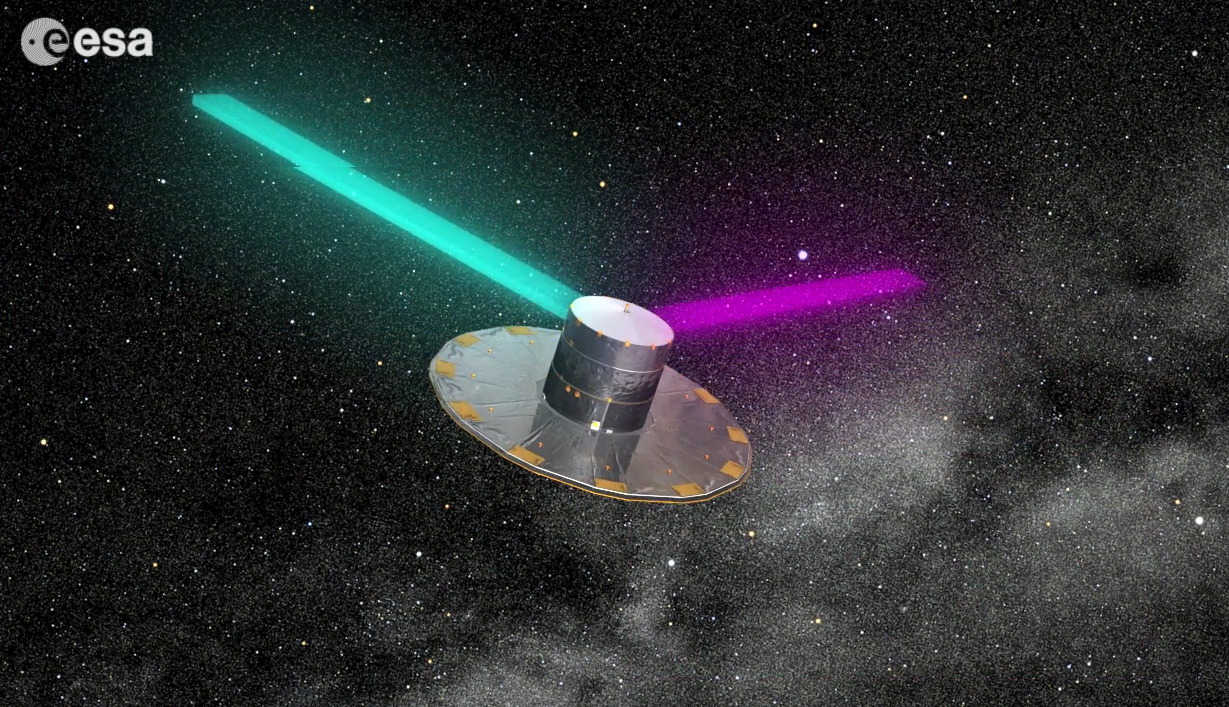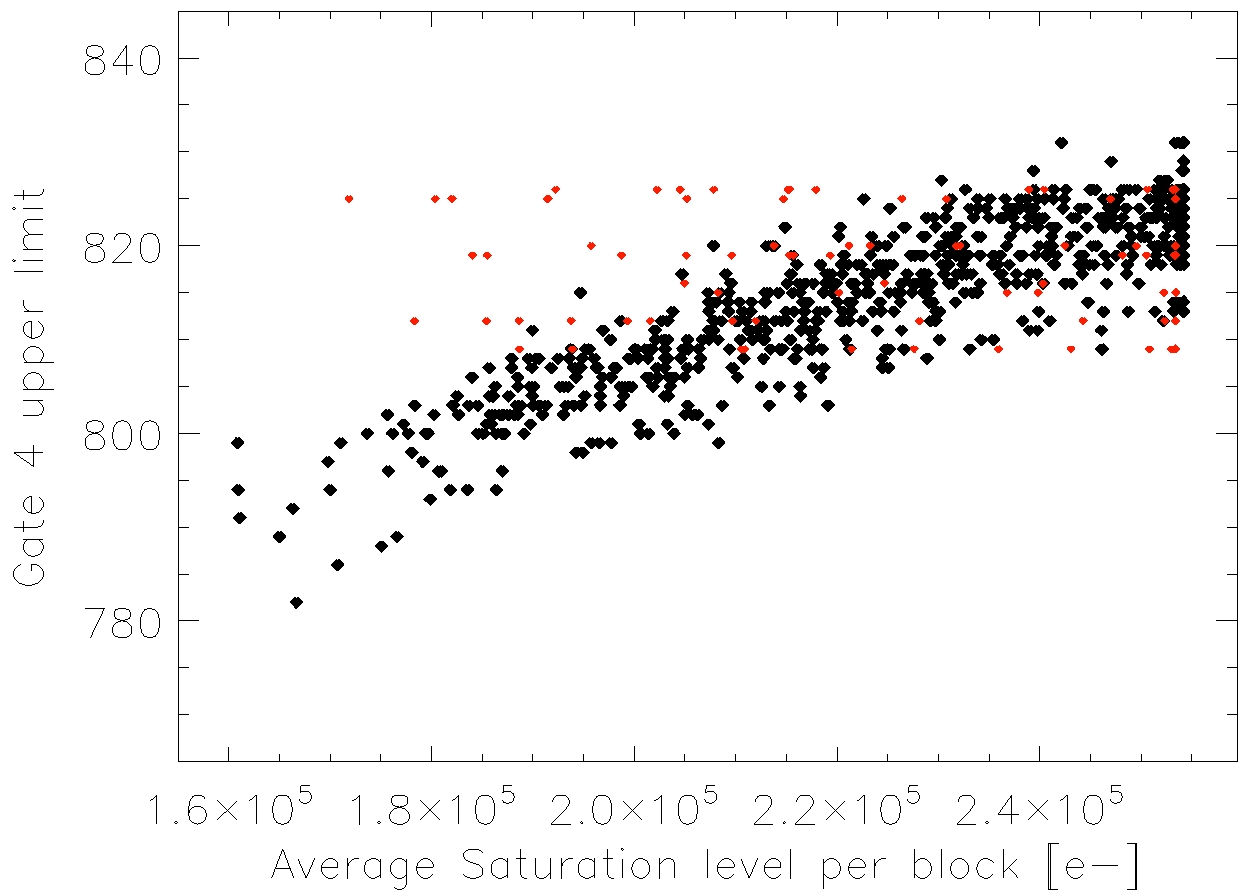20140714 Before starting routine operations - Gaia
Gaia – before starting the routine scientific observations |
| By Holger Voss, DPAC member and active blogger. Visit Holger's blog here. |
|
Final preparations are underway to start the normal scientific observations of Gaia. Part of the preparations was a mild heating of some of Gaia's mirrors at the end of June to remove a very thin layer of ice particles. Now the mirrors are cooling down again until thermal equilibrium is reached. An update of the on-board software was successfully performed, too. Before the nominal science operations phase starts, the focus for both telescopes over the entire focal plane will also be checked again. Some parameters for the detection of sources on-board will be optimized, too. This includes parameters for activating shorter observations for stars brighter than magnitude 13 to avoid that the corresponding images saturate. We call this "observations with 'activated gates'". How does this work? |
 |
|
There are different "gates" with different effective exposure times available, ranging from 0.01 seconds to 4.3 seconds, to cover a huge magnitude (brightness) range that can be observed. These "gates" will be activated depending on the magnitude of the stars determined on-board by the star mapper (SM) CCDs which will "see" the stars first. A few seconds after these SM CCD observations, the same detected source will be observed by 11 more CCDs in the same row of the SM CCD that previously detected the source. If the star is detected as bright, the "gates" will be activated to avoid the saturation of the images. Saturation depends on many factors such as the colour of the star, the scan motion of the satellite, the point spread function (what the image of a star looks like) and even on how the image centre is located in intra-pixel space. |
|
Parameters for the activation of the short gate 4 computed in a test for all AF CCDs. |
|
We have updated our knowledge about these characteristics of the observations based on data collected during the commissioning phase, and currenlty new parameters for the activation of the gates are computed. Almost 1 billion 2D images are simulated to be able to find the perfect parameters. Parameters are computed for all 55 AF (astrometric white light) CCDs, all BP (blue photometer) CCDs and all RP (red photometer) CCDs. More than 7000 parameters are determined and need to be uploaded to the satellite before Gaia will start its normal scientific observatons. After this very work intensive commissioning phase, we are really looking forward to starting Gaia's normal operational phase to create the world's biggest, multi-dimensional map of about one billion stars and other light sources in our galaxy. More details about this topic can be found in an entry on the ESA Gaia blog. |
- Removed a total of (1) border attribute.
- Removed a total of (1) cellpadding attribute.
- Removed a total of (1) cellspacing attribute.








































 Sign in
Sign in
 Science & Technology
Science & Technology
